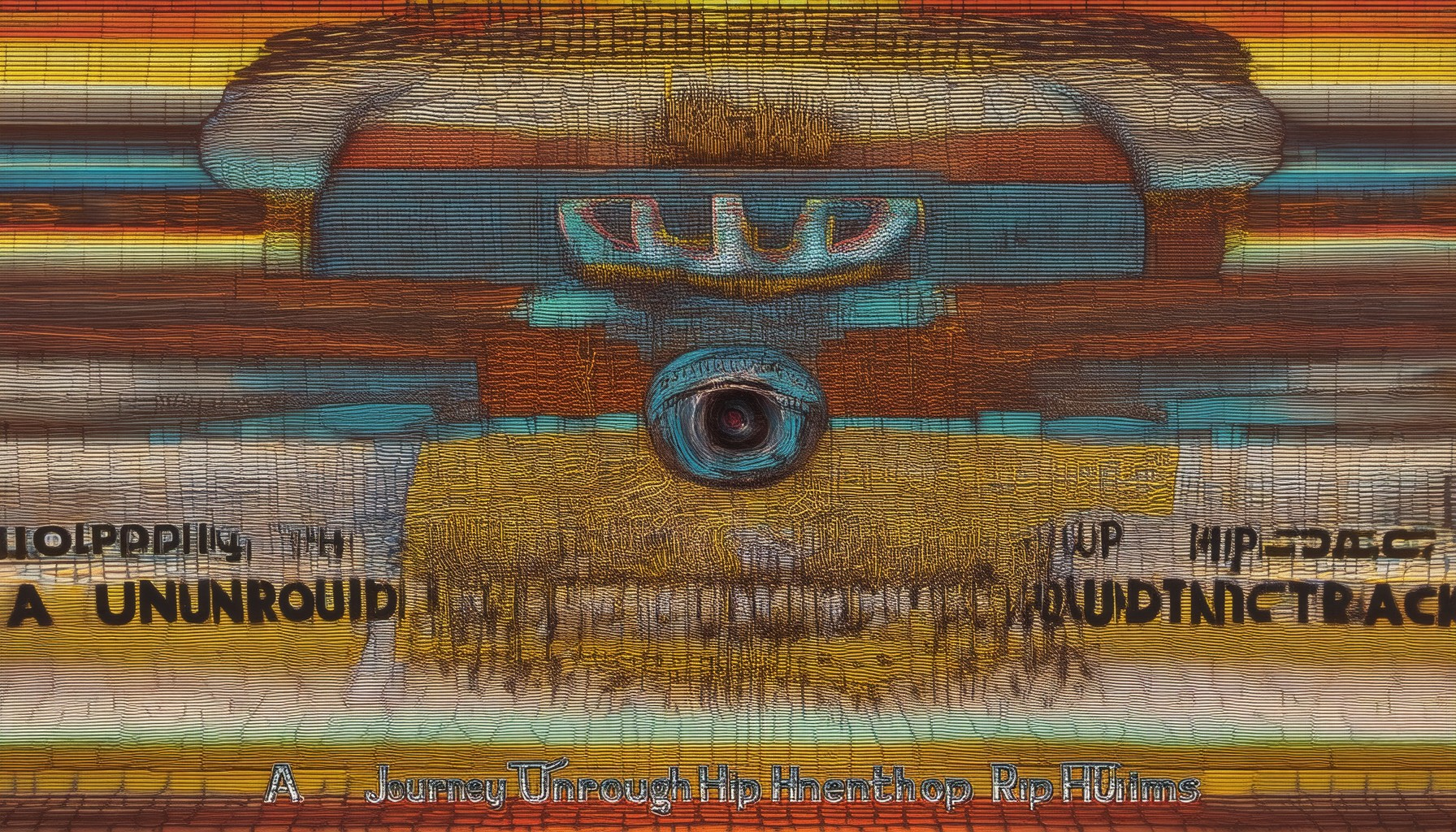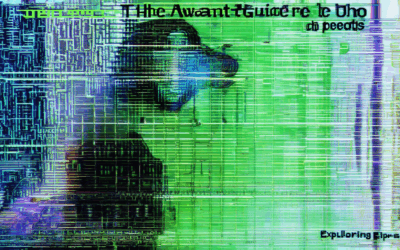Exploring the rich tapestry of music that defines the soul of urban culture, the underground hip hop sound stands as a testament to authenticity and raw creativity. This unique auditory expression has carved its niche beyond mainstream boundaries, offering a pure form of artistry that resonates deeply with true music enthusiasts. While many are familiar with the mainstream iterations of hip hop, the deep underground hip hop scene presents a layer of sound and storytelling that feels untouched and unfiltered. From gritty street tales to introspective lyrical journeys, this subculture thrives on its ability to reflect the complexities of life in the most genuine way possible.
The cultural impact of the underground hip hop movement cannot be overstated. It serves as a mirror to the struggles and triumphs of those who navigate the fringes of society, blending raw emotion with powerful beats. Whether through lo-fi textures or hard-hitting basslines, the soundtrack of this genre carries a weight that transcends mere entertainment—it’s a voice for the voiceless, a rhythm of resilience.
As we delve deeper, this article will uncover the origins of this distinctive sound, introducing you to the pioneers and artists who shaped its identity. We’ll explore how the underground scene continues to evolve, embracing diverse influences while staying true to its roots. From discovering hidden gems on platforms like SoundCloud to understanding the tools that fuel the creation of these beats, this journey will reveal the essence of what makes underground hip hop truly special. Join us as we embark on a quest to uncover the authentic rhythms that define this vibrant subculture.
Key Takeaways
– The Roots of Underground Hip Hop: Originating in the late 1970s in New York City, particularly in the Bronx, underground hip hop emerged from street cultures and block parties, blending African American musical traditions with Latin influences.
– Pioneering Figures: DJ Kool Herc, Afrika Bambaataa, and Grandmaster Flash were instrumental in shaping the genre, introducing techniques like break beats and fostering a vibrant cultural movement.
– The First White Rapper: Vanilla Ice broke barriers in 1990 with his hit “Ice Ice Baby,” becoming the first successful white rapper and paving the way for diverse voices in hip-hop.
– Innovative Techniques: DJ Kool Herc’s “Merry-Go-Round” technique and beatboxing laid the foundation for modern hip-hop production, influencing countless artists and producers.
– Cultural Impact and Global Reach: Underground hip hop continues to thrive, with artists like Kendrick Lamar and J. Cole preserving authenticity while reaching global audiences, showcasing the genre’s enduring appeal and evolution.

What is Underground Music Hip Hop?
Underground hip-hop, often referred to as “underground rap” or simply “underground,” typically refers to hip-hop music that operates outside the mainstream commercial sphere. This subgenre is known for its authenticity, emotional depth, and often a stronger focus on lyrical prowess and social consciousness compared to mainstream hip-hop.
Key Characteristics of Underground Hip-Hop:
- Authenticity : Underground artists often create music that reflects their personal experiences, struggles, and perspectives, leading to more genuine and introspective lyrics.
- Lyrical Depth : Many underground rappers prioritize complex rhyme schemes, storytelling, and poetic expression, setting them apart from mainstream artists who may focus more on catchy hooks and commercial appeal.
- Social Consciousness : A significant portion of underground hip-hop addresses issues such as systemic inequality, poverty, and societal challenges, making it a powerful tool for activism and commentary.
- Regional Styles : Underground hip-hop is diverse, with distinct styles emerging from various regions like New York City, Los Angeles, Chicago, and elsewhere, each bringing its own flavor and influence.
Pioneers and Influences:
- Kool G Rap and Nas are often cited as pioneers of the genre, blending storytelling with deep lyrical content.
- Artists like J. Cole , Tupac Shakur , and Big L have also been influential figures in the underground hip-hop scene through their raw and unfiltered delivery.
Distribution and Accessibility:
While mainstream hip-hop often relies on major record labels and radio play, underground artists frequently distribute their music independently through platforms like Bandcamp, SoundCloud, and YouTube. This DIY approach allows them to maintain creative control and connect directly with fans.
Cultural Impact:
Underground hip-hop has had a profound impact on the broader hip-hop community, inspiring many mainstream artists to embrace more authentic storytelling and social-aware themes. It serves as a reminder of the genre’s rich history and the importance of preserving artistic integrity.
For more in-depth exploration of the underground hip-hop scene, visit Abstract Hip Hop to discover exclusive articles, interviews, and reviews.
What is Deep Underground Hip Hop?
Deep Underground Hip Hop is a subgenre of hip hop music characterized by its raw, gritty sound and introspective lyrical content. It often blends elements of jazz, soul, and lo-fi beats, creating a distinct atmosphere that sets it apart from mainstream hip hop.
Origins and Characteristics
- Deep Underground Hip Hop emerged in the late 1990s and early 2000s, primarily in New York City’s underground scenes.
- Artists in this genre often focus on storytelling, social issues, and personal struggles, providing a deeper emotional connection with their audiences.
- The production tends to be less polished, with a focus on minimalistic beats and organic instrumentation.
Notable Artists
- Some of the most prominent names associated with Deep Underground Hip Hop include MF DOOM, Jinsang, and The Unseen.
- These artists are known for their unique styles and contributions to the genre, helping it gain recognition among hip hop enthusiasts.
Difference from Mainstream Hip Hop
- Unlike mainstream hip hop, which often prioritizes commercial appeal and catchy hooks, Deep Underground Hip Hop values authenticity and artistic expression.
- The genre has a loyal fanbase due to its unfiltered approach and resistance to mainstream trends.
Competitors and Platforms
- Competing platforms like Bandcamp and Discogs have become hubs for Deep Underground Hip Hop artists to share their music and connect with fans.
- These platforms offer a space for independent artists to thrive without the constraints of major record labels.
Conclusion
Deep Underground Hip Hop is more than just a musical style; it represents a community-driven movement focused on authenticity and creativity. Its raw, unpolished sound and heartfelt lyrics continue to resonate with fans worldwide, making it a vital part of the hip hop landscape.

How to Determine If a Rapper is Underground
Identifying whether a rapper is considered “underground” involves evaluating several factors:
- Unique Sound and Style : Underground rappers often have distinct sounds or styles that deviate from mainstream trends. Their music may incorporate experimental beats, unconventional lyrical content, or blend multiple genres like jazz, funk, or electronic elements.
- Regional Popularity : Underground artists may gain recognition within specific regions or local scenes rather than achieving national or international fame. Their popularity is often limited to certain areas or communities.
- Streaming Metrics : Underground rappers typically have lower streaming numbers compared to mainstream artists. Their tracks may not consistently chart on major platforms due to smaller audiences.
- Social Media Presence : While social media presence is crucial, underground artists may have smaller follower counts but highly engaged and loyal fanbases. Their content tends to resonate with niche audiences rather than the general public.
- Collaboration Frequency : Underground artists often collaborate with fewer mainstream artists or have less frequent features. High-profile collaborations are uncommon for those not seeking mainstream success.
- Label Status :Unsigned or independently-signed rappers are more likely to be classified as underground. However, some unsigned artists with significant regional followings can still be considered underground despite lacking a label.
- Fan Engagement : Underground rappers frequently engage with their audience through live performances, interactive social media interactions, and community-building efforts. Their focus is often on cultivating a dedicated fanbase rather than pursuing widespread popularity.
- Online Discussions : Forums, Reddit communities, and specialty music platforms often buzz about underground artists, indicating they are not breaking into the broader commercial market.
By analyzing these factors, you can better discern whether a rapper operates within the underground scene or has achieved mainstream recognition.

Who Started Underground Hip Hop?
Underground hip hop traces its roots to the late 1970s in New York City, particularly in the Bronx. The genre emerged from street cultures and block parties, blending African American musical traditions with Latin influences. Key figures in the early years include:
- DJ Kool Herc – Often regarded as the “Father of Hip-Hop,” he introduced the break beat in the 1970s.
- Afrika Bambaataa – A prominent figure in the Bronx, he helped popularize hip-hop through his innovative DJing and storytelling.
- Grandmaster Flash – Known for his technical skills and contributions to early hip-hop culture.
The underground scene evolved in the 1980s and 1990s, with artists like Nas, Jay-Z, and The Notorious B.I.G. gaining prominence before entering the mainstream. West Coast artists such as Snoop Dogg and Dr. Dre also rose to fame, contributing to the genre’s diversity.
Beatboxing, originating from figures like Jimmy Spicer, further enriched the cultural landscape, influencing both underground and mainstream hip-hop. Over time, the underground scene has seen artists like Kendrick Lamar and J. Cole emerge, maintaining authenticity and connecting with fans globally.
Today, underground hip-hop continues to thrive, reflecting diverse styles and stories while preserving its grassroots roots.
The First White Rapper
Vanilla Ice, born Robert Van de Graaff, emerged as a groundbreaking figure in the hip-hop industry during the late 1980s. Often cited as the first successful white rapper, his 1990 hit “Ice Ice Baby” reached number one on the Billboard Rap Chart, marking a significant milestone in hip-hop history.
Before Vanilla Ice, there were a few underground white rappers, but none achieved the level of mainstream success that he did. His blend of catchy hooks and confident delivery resonated with a wider audience, helping to bridge the gap between the predominantly African American genre and a growing contingent of white listeners.
Vanilla Ice’s success paved the way for other white rappers to find their place in the industry, proving that hip-hop could indeed be a platform for diverse voices. His influence remains a testament to the genre’s ability to evolve and adapt, welcoming artists from all backgrounds into the fold.

The Unofficial Father of Hip-Hop
DJ Kool Herc is widely regarded as the unofficial father of hip-hop. His contributions during the late 1960s in New York City significantly shaped the genre’s evolution.
- Technique Innovation: DJ Kool Herc popularized the “Merry-Go-Round” technique, looping records to extend beats, enabling longer raps and fostering freestyling.
- Group Influence: As part of the Bronx Boys and later the Kool Herc Crew, he and colleagues like DJ Breakout and DJ Clarke hosted legendary block parties, spreading hip-hop beyond clubs.
- Cultural Impact: His work inspired not just music but also fashion and culture, embedding hip-hop into the fabric of urban life.
- Legacy: DJ Kool Herc’s break beats remain foundational, influencing countless producers and DJs, and his block party legacy continues to resonate globally.
DJ Kool Herc’s innovations and cultural contributions established him as a pivotal figure in hip-hop history, earning him the title of its unofficial father.





0 Comments